I was originally planning on continuing with my “Brand New Day” retrospective today, but after watching Sunday night’s Saturday Night Live 40th Anniversary Special, I figured I’d be within my rights to call an audible and instead talk the totally bonkers Marvel Team-Up #74 from 1978, which features Spidey teaming up with the “Not Ready for Prime Time Players,” aka, the cast of SNL.
While I haven’t been alive for all 40 of its years, like Spider-Man, SNL has long been a pop cultural institution in my life, a show that I consistently finding myself coming back to more out of some kind of habitual loyalty that, over time, has evolved into love. That’s not a knock at the actual show itself, but even the cast and crew themselves have consistently admitted that SNL always seems to exist in a state of imminent decline where every generation that preceded the current one was the best one in terms of quality.
I grew up watching the cast most people consider one of the best — the early 90s crew that consisted of such superstars as Chris Farley, Adam Sandler, Mike Meyers, Dana Carvey and Phil Hartman (the fact that a talent like Chris Rock was a part of the cast too, but didn’t do enough while on the show to warrant inclusion in this ist, speaks volumes of just the level of awesome SNL was in the early 90s). At that point in time, I was probably a little too young to be staying up late on Saturday’s to watch SNL (not to mention the bulk of the jokes and innuendos went way over my head), but it was something my parents let me get away with — a lot like how they never seemed to care too much that I was sitting there reading comics in my free time rather than something of a “higher” literary quality.
Of course, as I sat there laughing my ass off at Chris Farley doing Matt Foley motivational speaker, my parents would remind me of just how much funnier the cast from a generation or two prior was — when the likes of John Belushi, Dan Akryod, Bill Murray, Eddie Murphy and Chevy Chase passed through the show, before going on to star in movies I could recite lines from like it was the alphabet. I remember when that early 90s cast finally moved on to bigger and better things (all save Tim Meadows, who just seemed to hang around forever), I initially felt resentment about the replacements. Who were these Will Ferrell and Jim Breuer types when the people I really wanted to watch were Sandler and Farley? And then when some of those cast members moved on, I pined for more of them while wondering what was so special about Tina Fey, Jimmy Fallon and Amy Poehler.
Sunday night’s show was not just a reminder of how great SNL used to be — but how it has always found a way to deliver, come hell or high water .. except when it didn’t, of course. Even when I thought it was “bad,” it still found a way to connect with me in some way that kept me coming back. In the same vein, it’s part of the reason why, even after a storyline as disappointing as “Spider-Verse,” I always find myself coming back to Spider-Man comics. It’s also part of the reason why, whenever I look back to creative runs past, whether it be “Brand New Day,” or J. Michael Straczynski, or even a random Len Wein/Ross Andru storyline from the 1970s, I have a tendency to view these comics now with renewed optimism and positivity. I don’t think that today’s comics are objectively worse than yesterday’s — like everything else, there were both gems and clunkers to be found — but it’s much easier to wax nostalgic about something with the power of time, reflection, patience and hindsight.
Marvel Team-Up #74 is absolutely one of those “better with hindsight” comic books. Published during the middle of Chris Claremont’s underrated run on MTU, on a very objective level, this team-up with the 70s cast of SNL (Belushi, Akroyd, Murray, Jane Curtain, Gilda Radner, Garrett Morris and Lorraine Newmain, challenges all levels of credulity in its premise and execution. That’s not to say it’s not a ridiculous amount of fun and a truly creative application of the team-up concept, but like that original cast of SNL, my appreciation for the comic is more about its innovation and uniqueness than the actual quality of the story. I don’t know how many of you have gone back and watched those first few seasons of SNL, but for every Belushi/samurai or Murray/lounge singer sketch, there’s a bunch of incomprehensible gobbledy gook that’s still a curiosity to watch because of just how different it was from mainstream entertainment.
That’s not to say that MTU #74 is some kind of revolutionary piece of pop culture here, but for 73 preceding issues (and a host of annuals), Marvel Team-Up followed a very predictable formula of having Spider-Man almost accidentally stumble across another hero at a moment where each conveniently were chasing the same villain or trying to achieve a similar goal.
MTU #74 breaks form, firstly by setting the story in real-world New York City rather than the fictionalized Marvel version of the city. Actually, the comic’s setting is this lawless/meta mix of real and fiction, where Peter and Mary Jane have tickets to see a taping of SNL being hosted by Stan Lee himself. Meanwhile, Stan talks about the characters in the comics he created as if they’re actually real life people. The camera even focuses on Peter in the audience and captions “superhero in his spare time” — thereby outing “Peter” as some kind of masked hero (though the lights went out in the studio at the moment in happened). A crisis breaks out when the Silver Samurai and some goons storm the studio looking for a ring that’s incidentally on Belushi’s finger. The cast carries out the show as if the attack is all part of the act. Even Stan seems unwitting to what’s going on.
Marvel has played around with breaking the fourth wall in the past, but generally in the very early years of the Silver Age when Stan and Jack Kirby were still building their universe. In the case of late 70s Spider-Man, the gimmick feels out-of-nowhere and inconsistent with the larger tone that had been estabslihred in MTU and Spider-Man comics in general.
But Claremont and Co. get away with it probably because at that point in Marvel bullpen history, there just weren’t enough eyes and ears on their book to warrant any pushback. That’s why 70s Marvel is such a mixed bag when it comes to consistency and quality. There are some absolutely GREAT stories from this time period, but part of the reason why most people think comics became consistently great in the early/mid-1980s was because, at least in Marvel’s case, there was a taskmaster in editor-in-chief Jim Shooter overseeing things, demanding accountability and actually paying attention to what was being put forward.
In SNL’s case, producer Lorne Michaels has always been the taskmaster, but in the show’s infancy, it was viewed as being so outside the boundaries of accepted comedic television, it enabled the cast to get away with far more random stuff when compared to what happened once SNL became more commercialized and branded like it was around the time I started watching in the early 90s. By being so unencumbered, there were moments of definite brilliance amidst moments of incomprehensible absurdity. But it was all worth seeing just for uniqueness of it, similar to a lot of the late 70s Marvel output from the likes of Claremont, Steve Gerber, Steve Engelhard and Jim Starlin. Still, their works is all worth checking out because it runs the gamut so wildly between genius and insipidness.
I don’t know how much of a ringing endorsement this blog post is for MTU #74, but if it is something that has existed off your radar, I do recommend check ing it out — not because it’s going to remind you of the “glory days” of Spider-Man, but rather because this is such a curious part of the character’s history which warrants celebrating years later, warts and all. It may not be better or worse than what’s being published today, but it’s just another example of something Spider-Man comics gave me which has helped keep me coming back for more — because you never know when the next Farley, Ferrell or Fey-level story will come out of nowhere and surprise you.

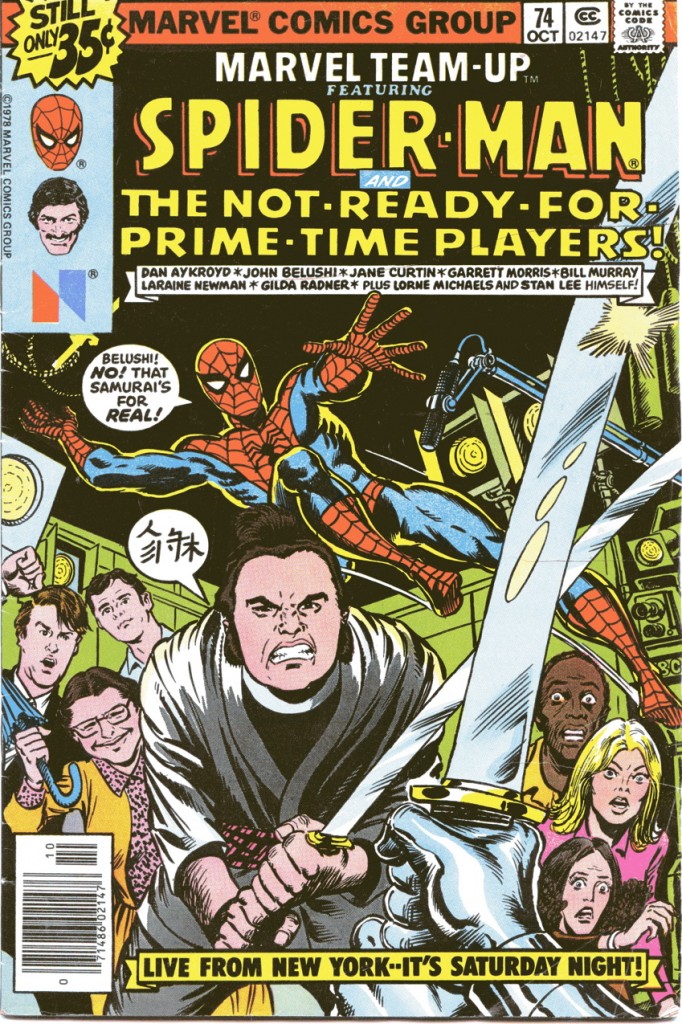
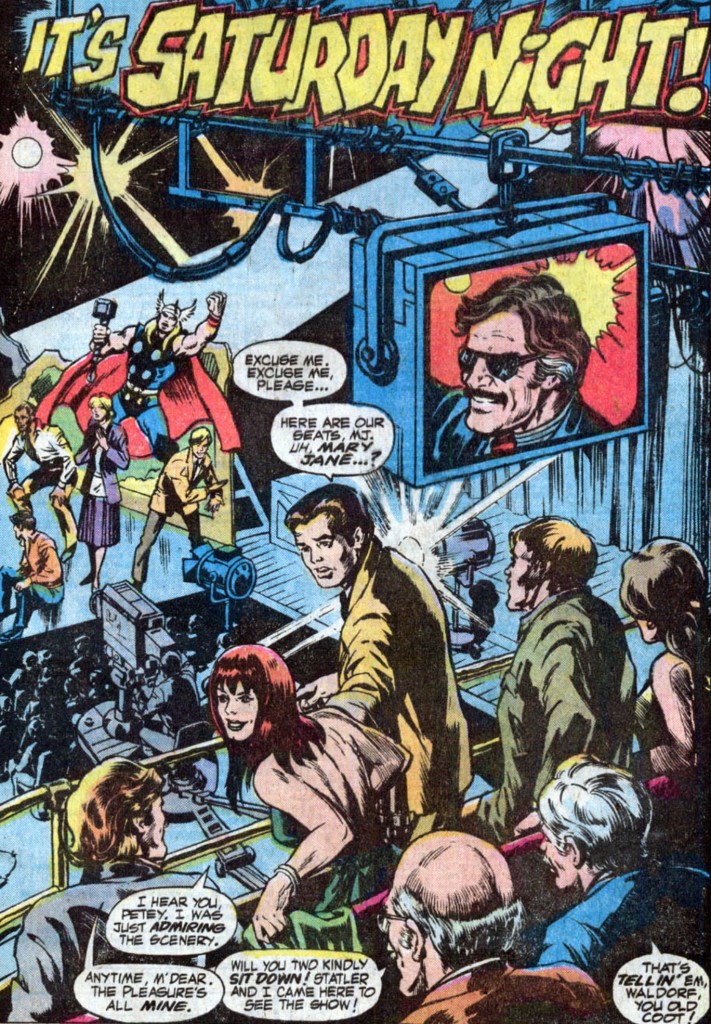
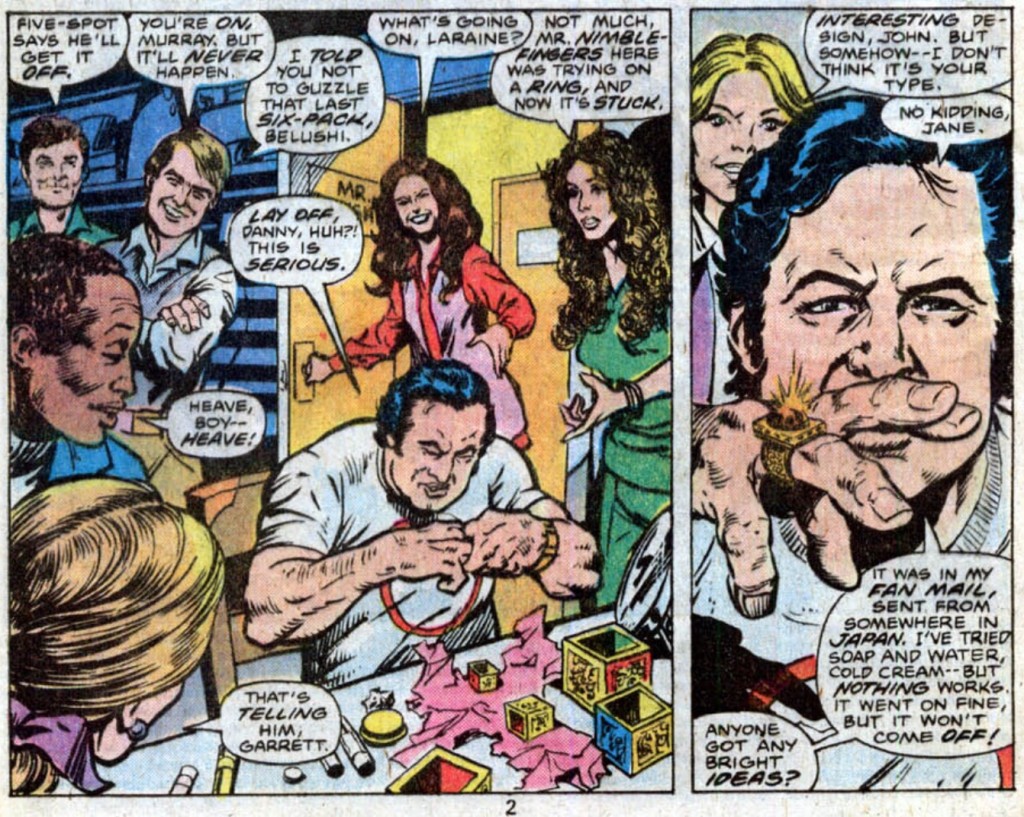
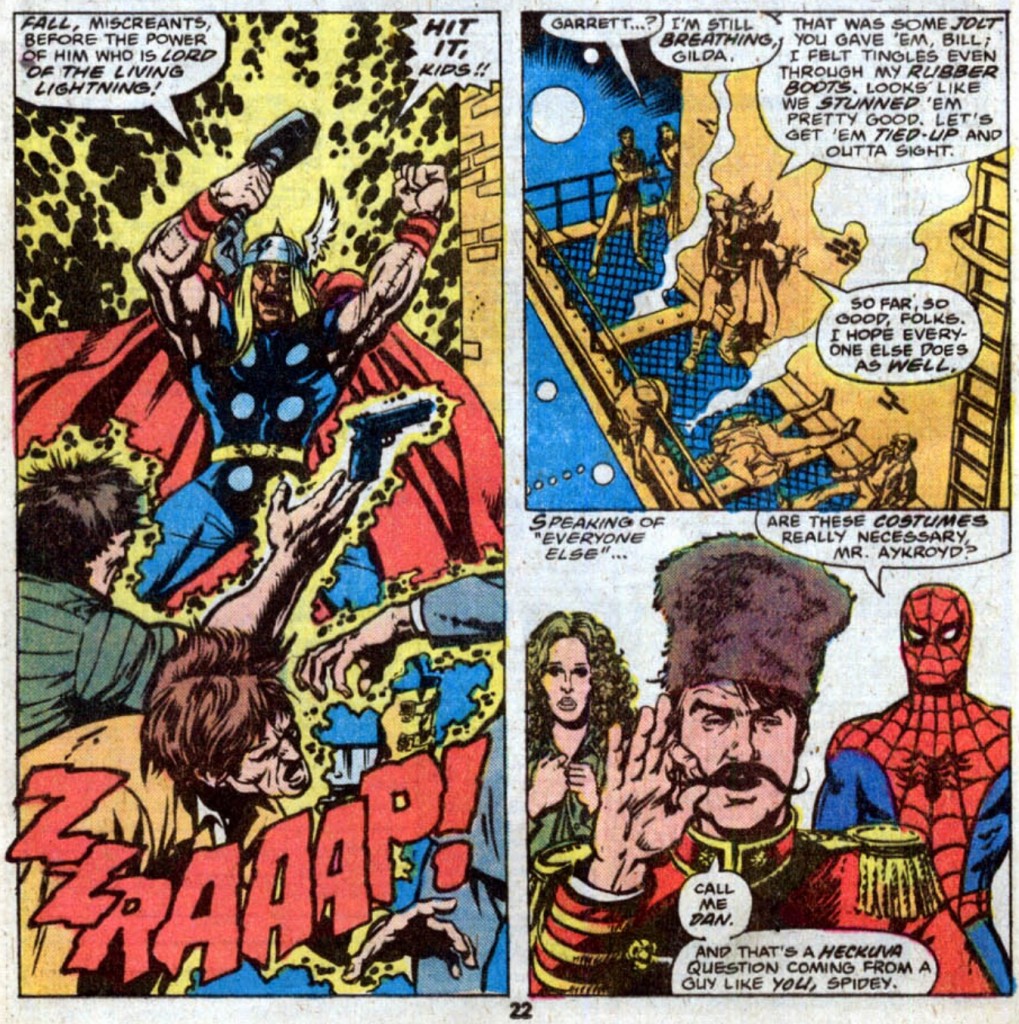
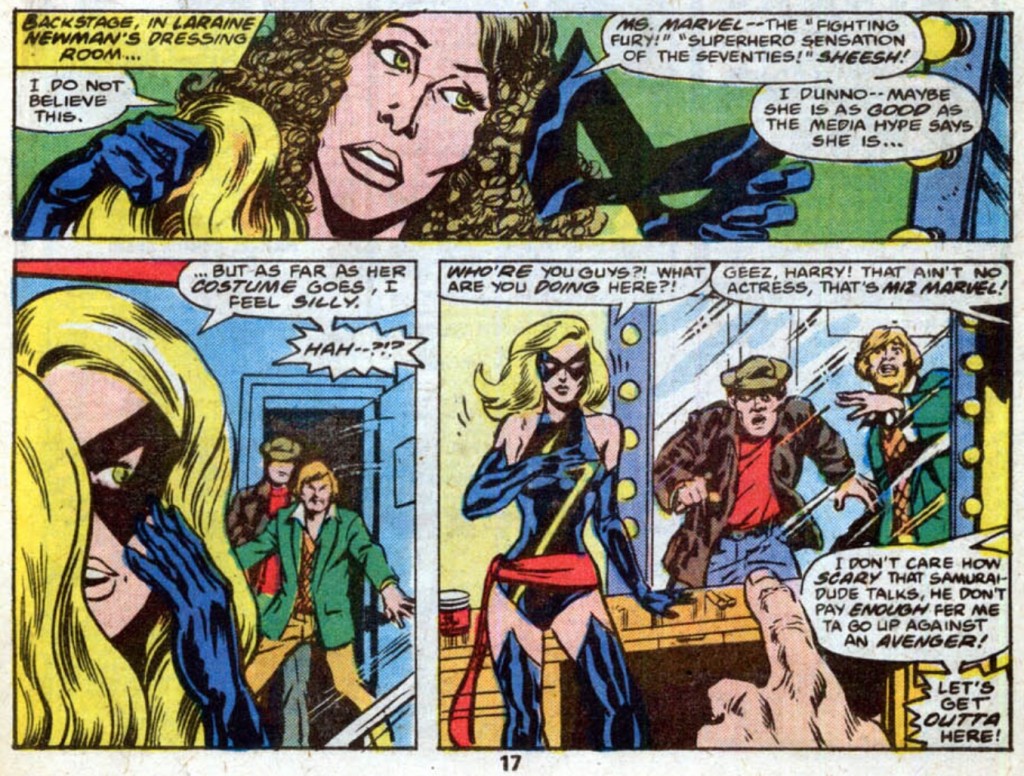
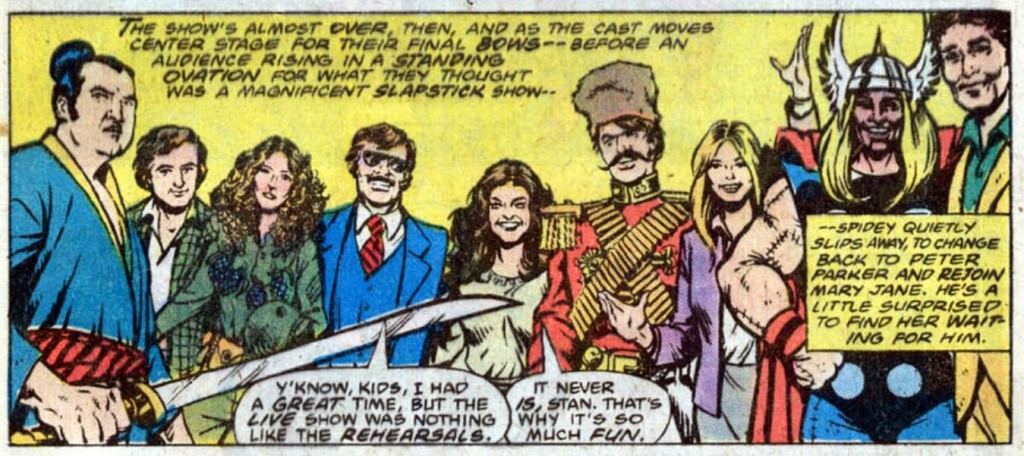


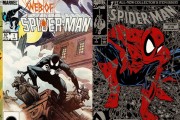
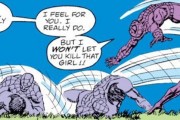
In reference to your point about Marvel of the seventies compared to the eighties, a lot of fans actually prefer seventies Marvel more.